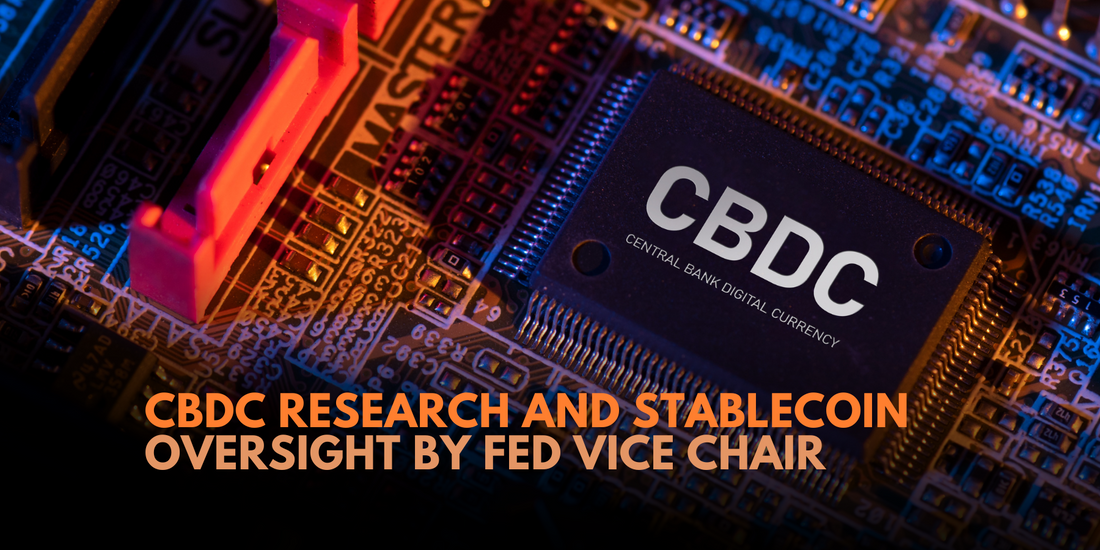On September 8, the Vice Chairman of the Federal Reserve Bank spoke at the Philadelphia Fed's fintech event, shedding light on the central bank's role in the realm of financial innovation. He emphasized research and supervision, with a notable mention of the FedNow Service.
Vice Chairman Barr offered insights into the Federal Reserve's ongoing research into central bank digital currencies (CBDCs). He clarified that this research was primarily "basic research" aimed at supporting a potential CBDC payments infrastructure or enhancing the existing payments ecosystem. The research notably encompasses system architecture for recording transactions and ownership in distributed ledgers, as well as various tokenization models.
In a FEDS Notes publication on the same day, wholesale CBDCs were discussed, highlighting that the technology associated with tokenized platforms could coexist with central bank money serving as a settlement asset.
Barr took the opportunity to remind his audience of the Fed's novel activities supervision program, recently introduced. This program involves a dedicated team of supervisors who can provide feedback to federally supervised banks engaging in innovative activities, including those related to stablecoins. The goal is to enable these banks to obtain "written supervisory non-objection." Barr pointed out that this initiative aligns with the policies outlined in interpretative letters 1174 and 1179 from the Office of the Comptroller of the Currency (OCC).
Highlighting the importance of strong federal oversight of stablecoins, as envisioned in the OCC letters, Barr emphasized that stablecoins pegged to the U.S. dollar essentially "borrow the trust of the central bank." He expressed gratitude for ongoing legislative efforts in this regard, stating that non-federally regulated stablecoins, if widely adopted as a means of payment and store of value, could pose significant risks to financial stability, monetary policy, and the U.S. payments system.
Barr also touched on the Fed's recent launch of the FedNow Service, designed to provide 24-hour instant payment capabilities to a wide range of financial institutions, including large banks, regional banks, community banks, and credit unions. While acknowledging that the service's current transaction volumes are modest, Barr emphasized that its broader adoption and accessibility depend on the actions of depository institutions.
Vice Chairman Barr's remarks provided valuable insights into the Federal Reserve's ongoing CBDC research efforts and underscored the importance of regulatory oversight for stablecoins. The evolving landscape of digital currencies and payments systems continues to be a focal point for central banks and regulators alike.

